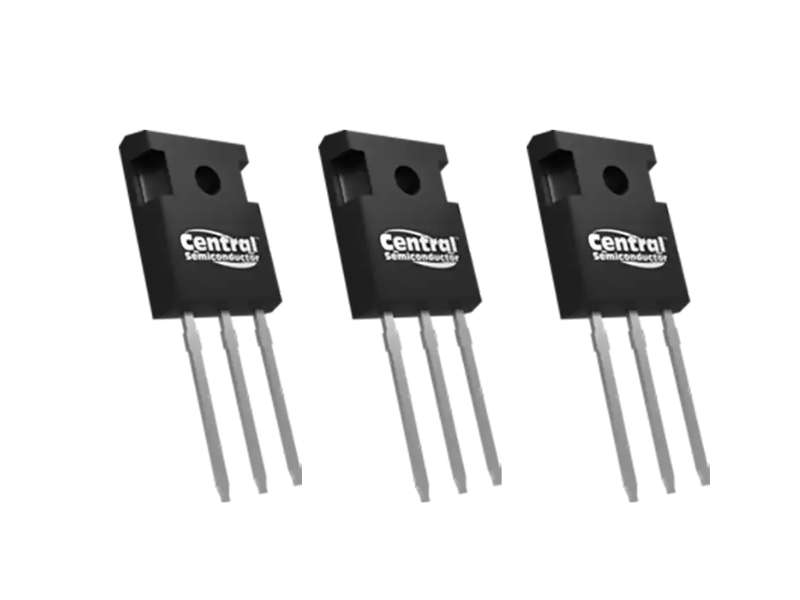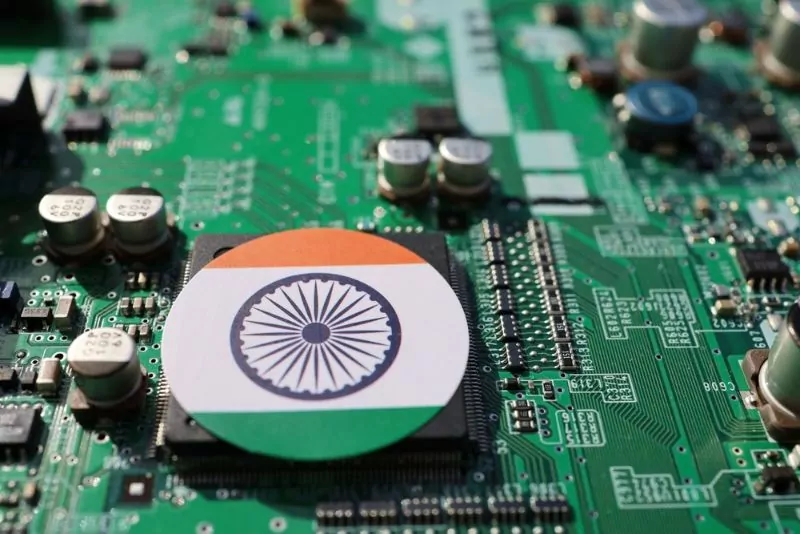Automakers cut 48,421 cars from their global production schedules because of microchip shortages last week, according to an estimate by AutoForecast Solutions. Europe led in factory schedule changes, with about 18,200 vehicles axed. North America lost about 17,000 vehicles, while China cut about 11,700.
According to this EE Times report, the imbalance between supply and demand of automotive-grade chips will hardly recover in a short time, but improving supply chain management can help to reduce costs and strengthen the ability to respond to sudden situations.
Automotive-grade chips are semiconductors used in automotive applications such as vehicle control modules, in-vehicle infotainment systems, power transmission integrated control systems, active-safety systems, and more. These chips include control/calculation chips (MCUs, CPUs, FPGAs, ASICs, AI chips, etc.), power semiconductors (IGBTs and MOSFETs), sensors (CIS, acceleration sensors, etc.), wireless communication and automotive interface chips, and automotive memory.
The main distinction between automotive-grade and commercial/industrial-grade chips lies in their reliability. Automotive-grade chips must have a wider working temperature range and better stability than their commercial/industrial counterparts. This is primarily achieved through complicated chip design processes and controlled production processes. Additionally, automotive-grade chips must go through a lengthy certification process, such as ISO/TS16949, AEC-Q100 and ISO 26262, that can take up to three years to complete.
At present, the automotive chip shortage includes power management chips, displays and substrates, and MCUs are facing serious supply problems as well, reports EE Times.
To mitigate the effects of shortages, it’s advised to:
- Keep sufficient buffers for production and check the IC manufacturers’ production schedules. If there is a possibility of delayed delivery, it is recommended to rearrange your production plan and procure a lead-time buffer.
- Diversify the procurement channels and expand the list of suppliers. Try to avoid being limited by existing purchasing channels and take alternative suppliers into consideration.
To avoid electronics supply-chain disruptions, you may also wish to consult an expert in electronics component supply. With more than three decades of supply-chain expertise, Astute Electronics is ideally placed to work with you on your daily component requirements.
For more help with looking at supply chain options, contact Astute Electronics






